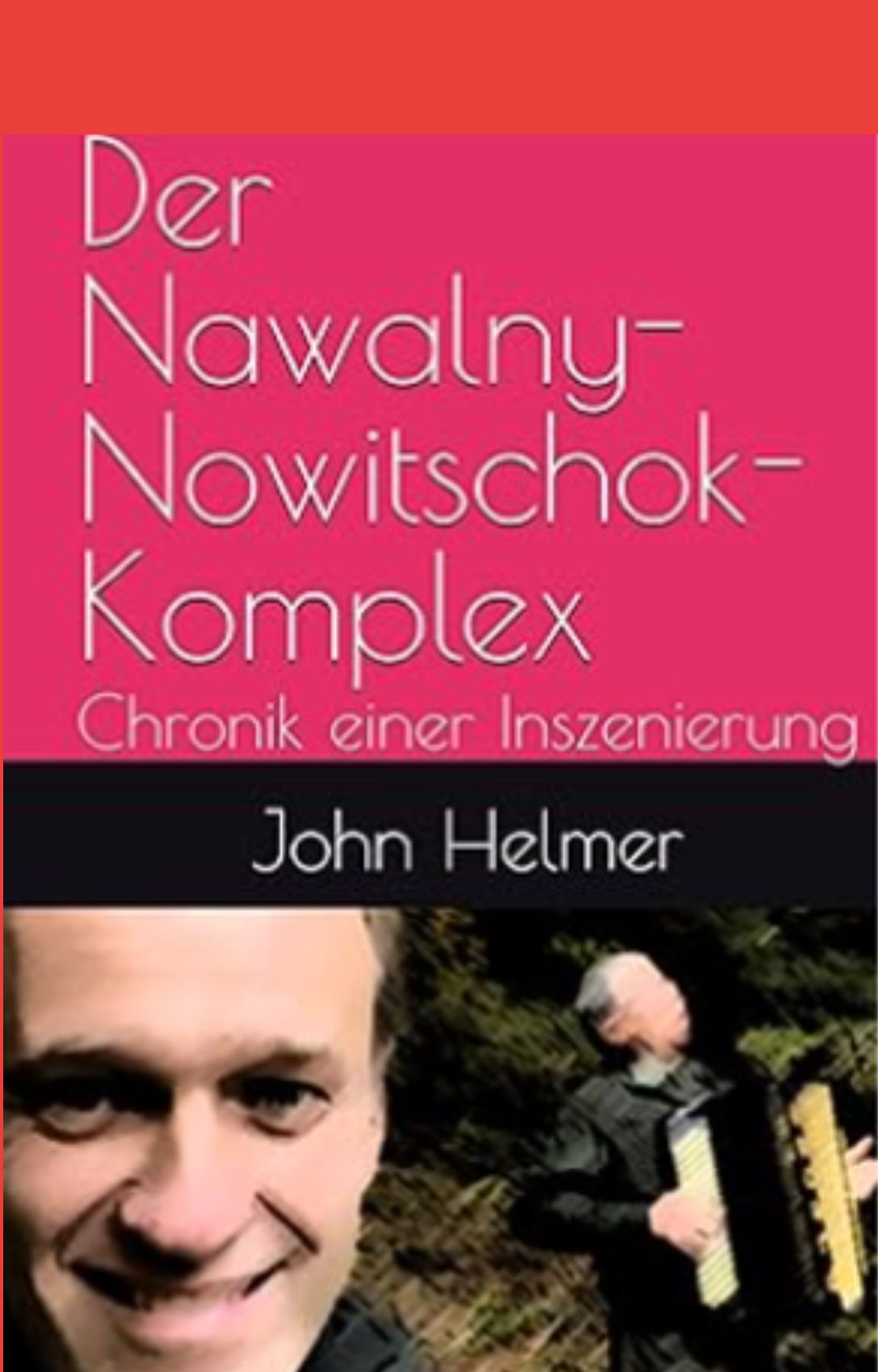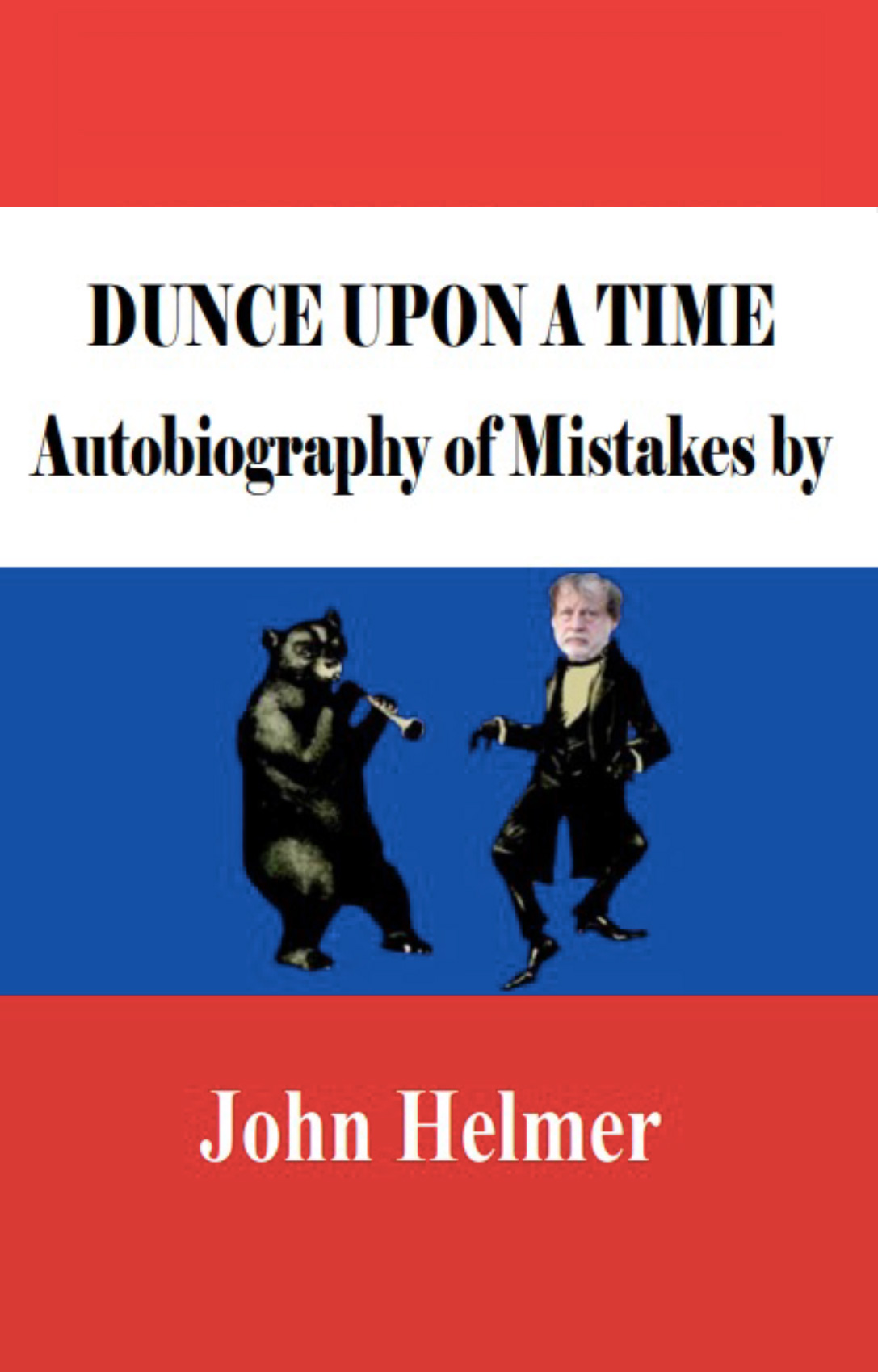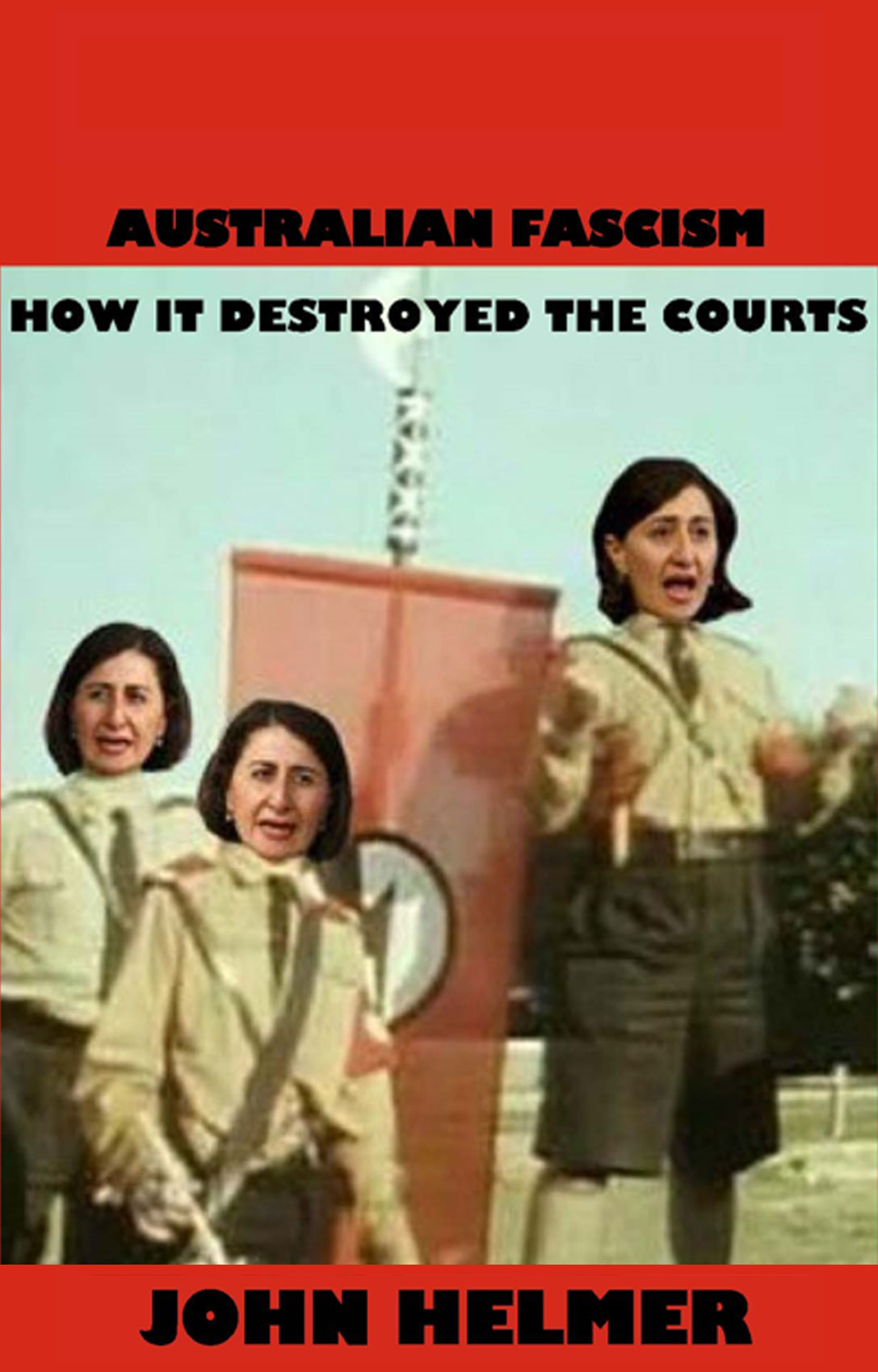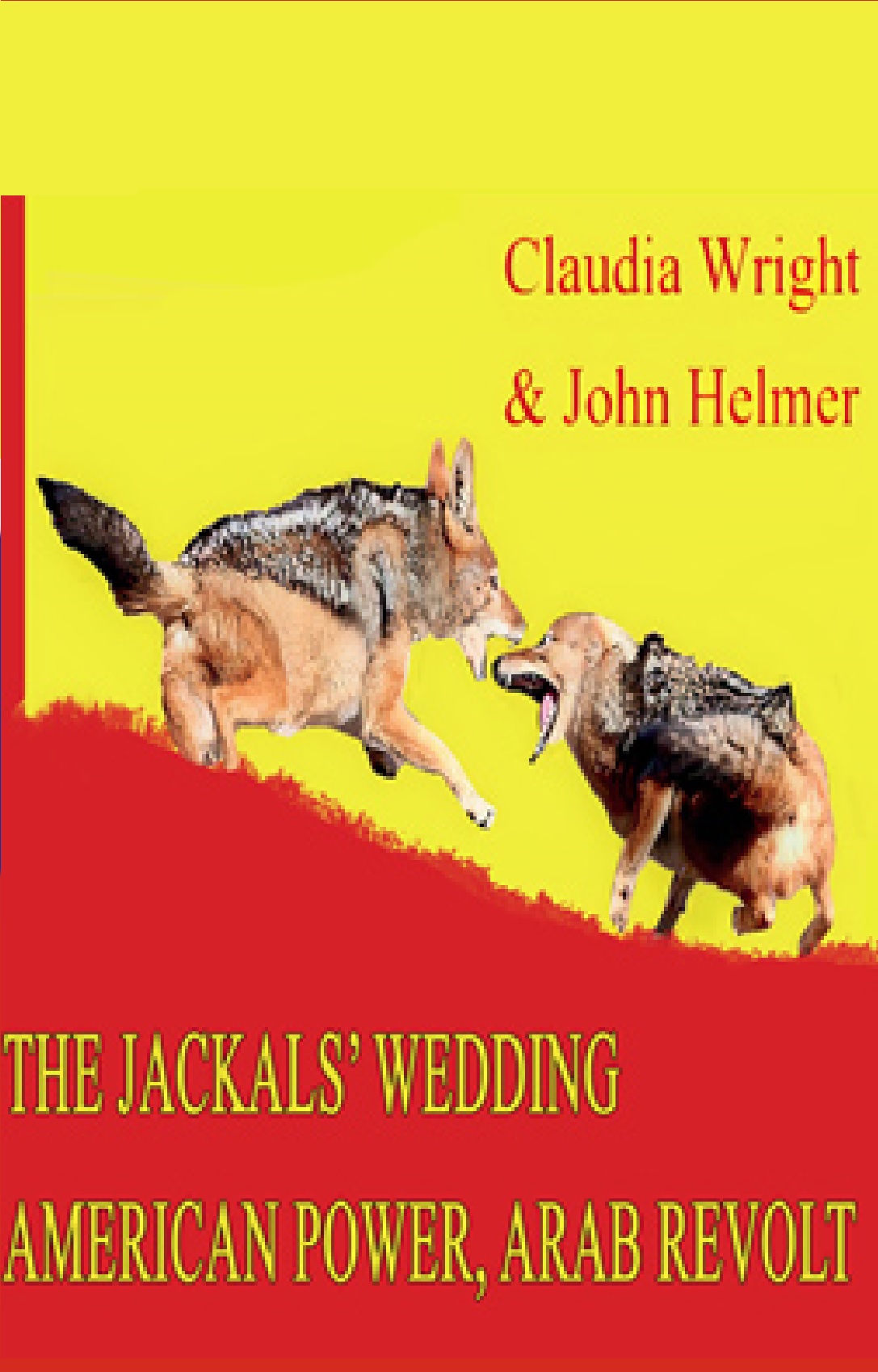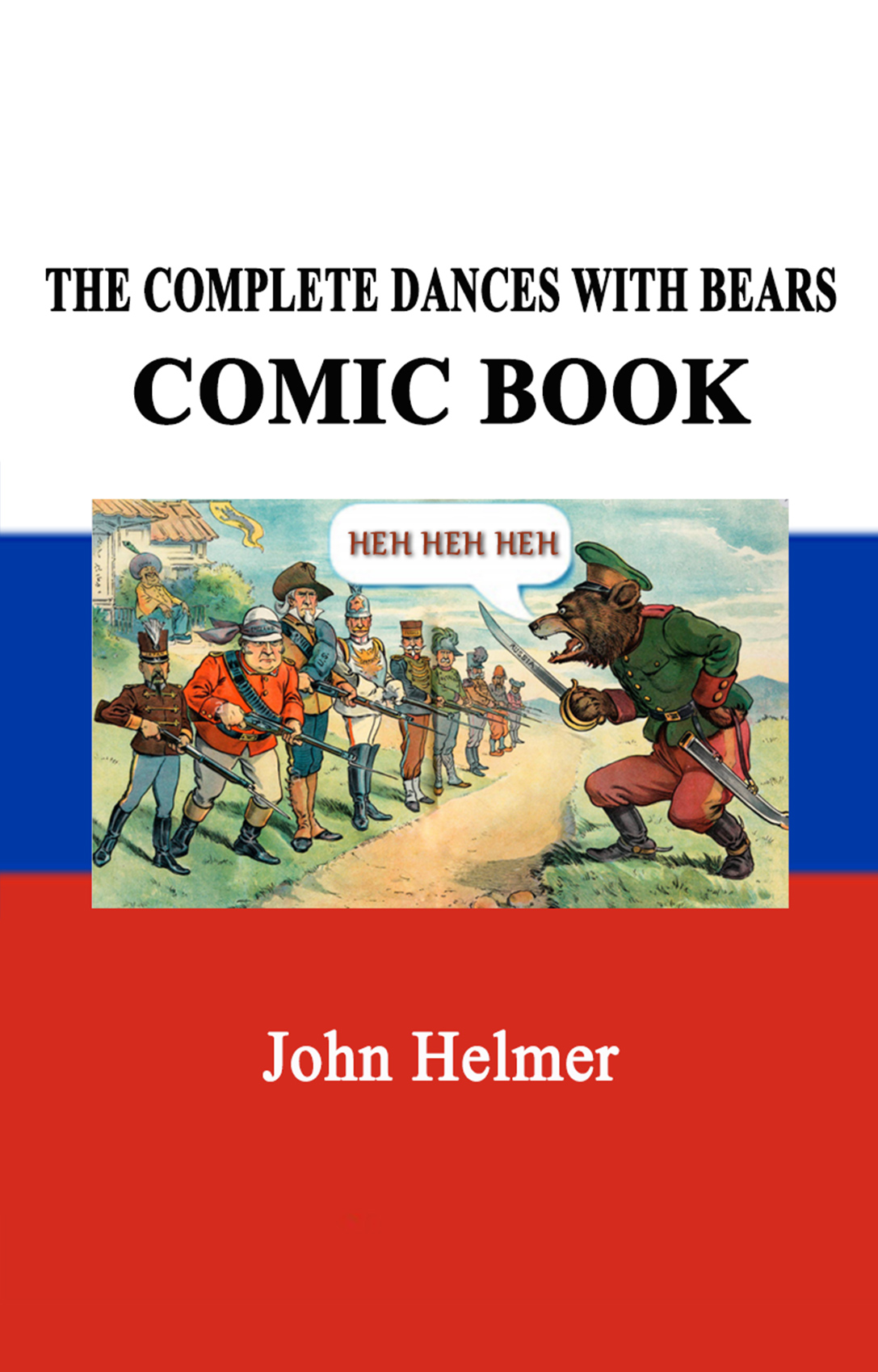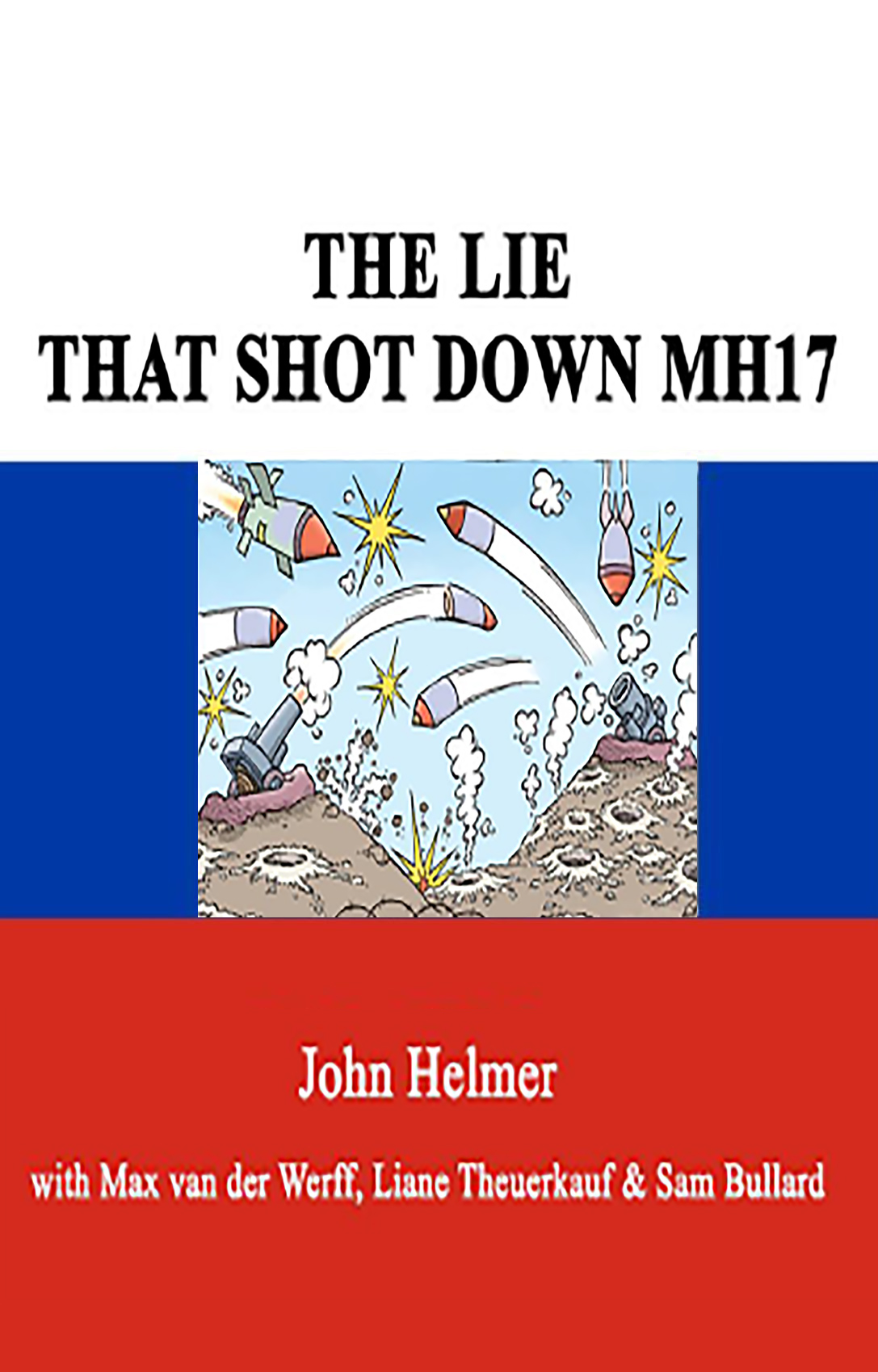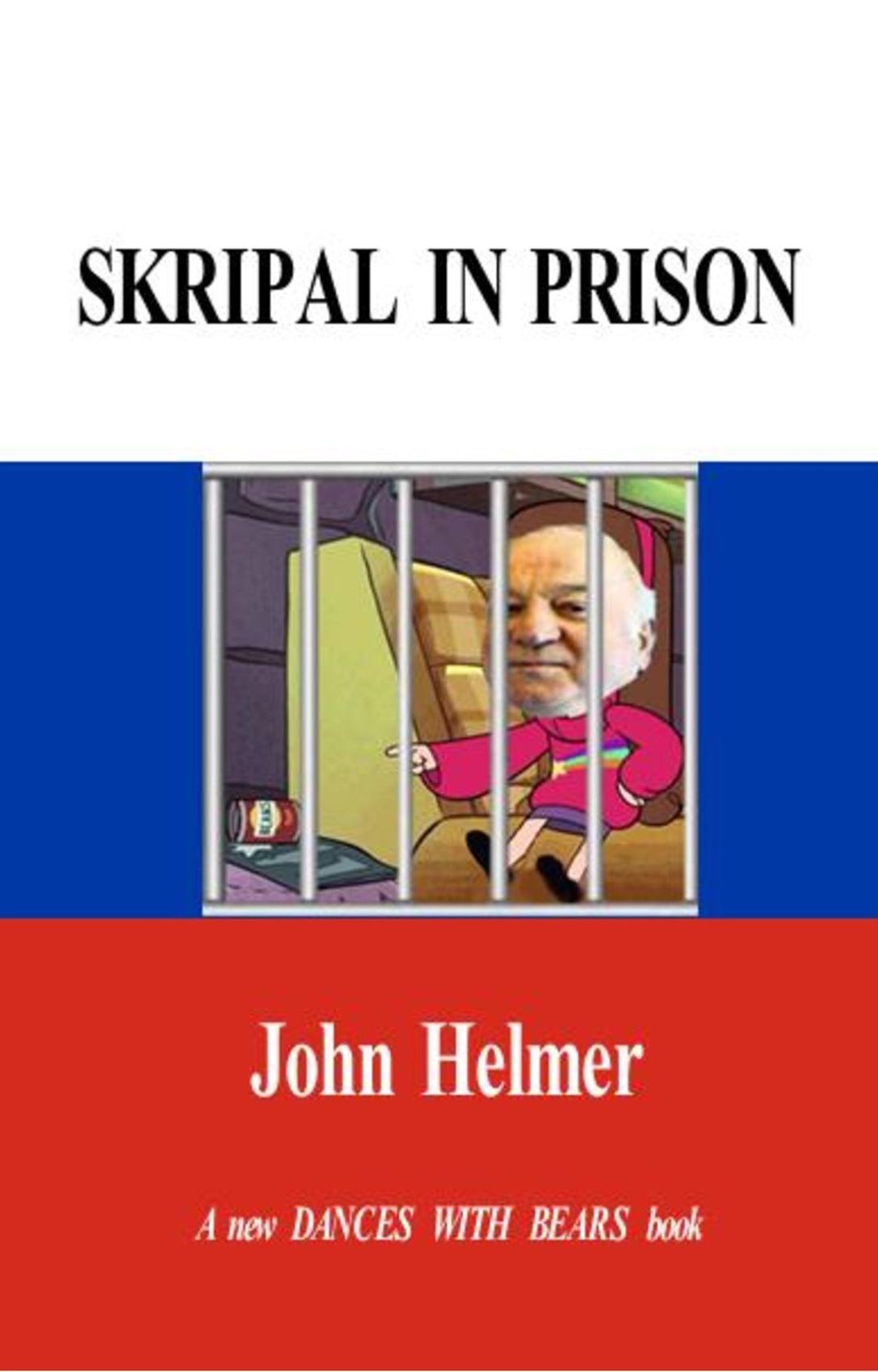
By John Helmer, Moscow
How many angels can dance on a pin has been an issue of dispute among churchmen for several hundred years. If their livings depended on the credulity of believers, the question would not have lasted as long.
Even without divine intervention, the Russian Orthodox Church is a permanent motion machine in which the houses of worship, clergy, hierarchy, their state-subsidized assets and tax-free incomes, grow robustly while the number of Russian church attenders and believers is dwindling below the 2% mark. The more the merrier for the fewer the merriest.
This is a paradox which the Russian Constitution instructs the political leadership of the country to be indifferent to. That’s because the Constitution insists “the Russian Federation is a secular state” (Article 14), and “everyone shall be guaranteed the freedom of conscience, the freedom of religion, including the right to profess individually or together with other any religion or to profess no religion at all, to freely choose, possess and disseminate religious and other views and act according to them” (Article 28).
Naturally, Ukrainians don’t enjoy the benefits of the Russian Constitution unless they move across the border voluntarily, or because they have been obliged to flee for refuge from the war which the US launched with a coup d’etat in Kiev in February of 2014. If the Ukrainians were fortunate enough to be protected by the Russian Constitution, there would be no problem for their priests to propose any religious belief they like, and appoint anyone to run their churches as they wish. But since they are foreigners without such a constitution, how is it possible that the Russian Church hierarchy, the Patriarch and Holy Synod, insist they have no such freedom at all — at least not the freedom to declare themselves independent of the authority of the Moscow Church and autocephalous, their churches headed by themselves?
Why did Putin instruct the Kremlin to announce at a meeting of his Security Council on October 12 that he and his prime minister, foreign minister, defense minister, and intelligence chiefs, “exchanged views on the position of the Russian Orthodox Church in Ukraine after the Constantinople Patriarchate’s Synod had decided to launch the process of granting autocephaly to the Ukrainian Church, revoking the Synodal Letter of the year 1686, which granted the right through oikonomia [management] to the Patriarch of Moscow to ordain the Metropolitan of Kiev, and the statement on re-establishing the Stavropegion of the Ecumenical Patriarch in Kiev.”
Why then on October 18 did Putin declare his personal “sympathies” on autocephaly are with the Russian Church leadership in rejecting the breakaway by the Church leadership in Constantinople and Kiev; although at the same time Putin added his constitutional duty is “to ensure the opportunity for every person to express their position”?
In theological discourse there may be ample room on the heads of pins for angels to dance. In Russian politics the reason for Putin’s and the Security Council’s position on autocephaly is that they were being shifty.
They were also provoked into the October 12 “exchange of views” by a policy shift in Washington. On September 13, the State Department said its policy was that “the United States is a staunch supporter of religious freedom, including the freedom of members of religious groups to govern their religion according to their tenets. We therefore believe any decision on [Ukrainian] autocephaly is an internal church matter.” On September 25, the policy had changed.
According to a statement issued by the State Department spokesman, “the United States strongly supports religious freedom, including the freedom of members of groups to govern their religion according to their beliefs and practice their faiths freely without government interference. The United States respects the ability of Ukraine’s Orthodox religious leaders and followers to pursue autocephaly according to their beliefs. We respect the Ecumenical Patriarch [of Constantinople] as a voice of religious tolerance and interfaith dialogue.” (more…)
by Editor - Thursday, November 1st, 2018
No Comments »











